Today, the biggest news comes from Ukraine.
Three and a half years of war have forced Ukraine to adapt its air defenses to address the current battlefield realities. Now, with the new branch of the Ukrainian air force, they will become even more effective.
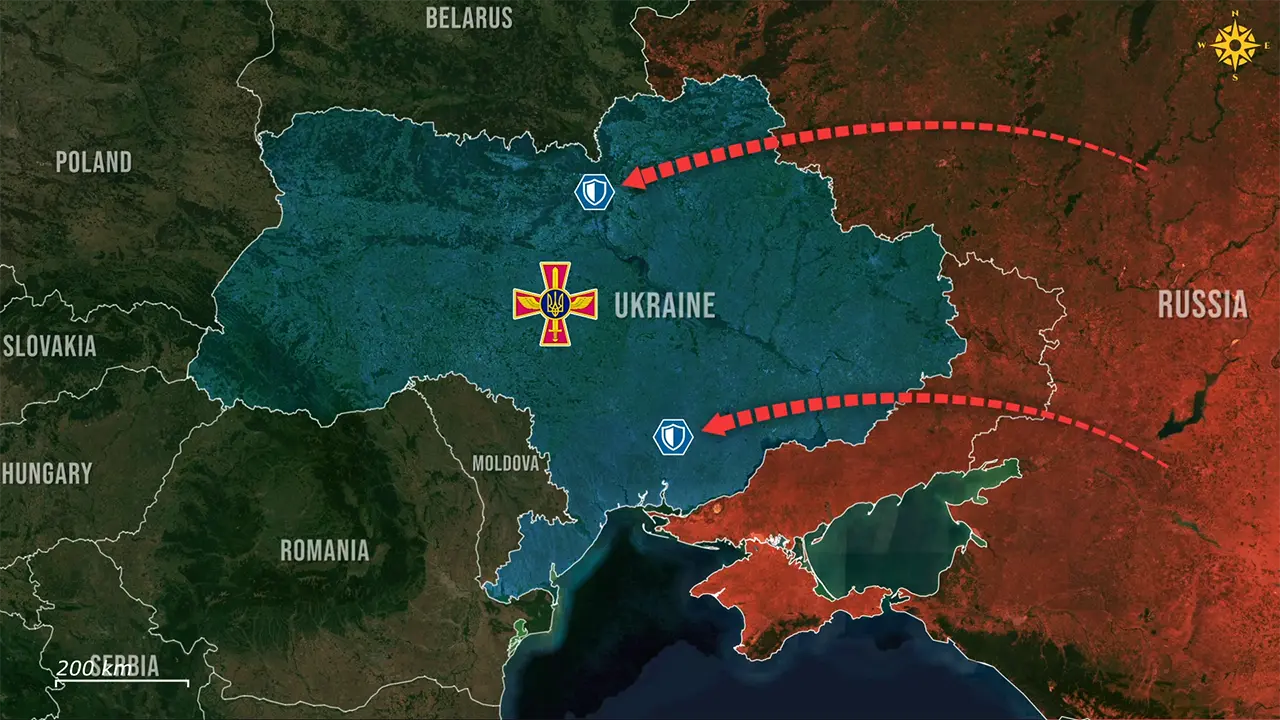
Recently, Commander-in-Chief of the Armed Forces of Ukraine, Oleksandr Syrsky, announced the creation of a new branch within the Air Force: The Unmanned Air Defense Systems. These new unmanned systems will be integrated into Ukraine's existing layered defensive network, providing an additional tool against Russian long-range drone strikes on the Ukrainian military and civilian rear areas.
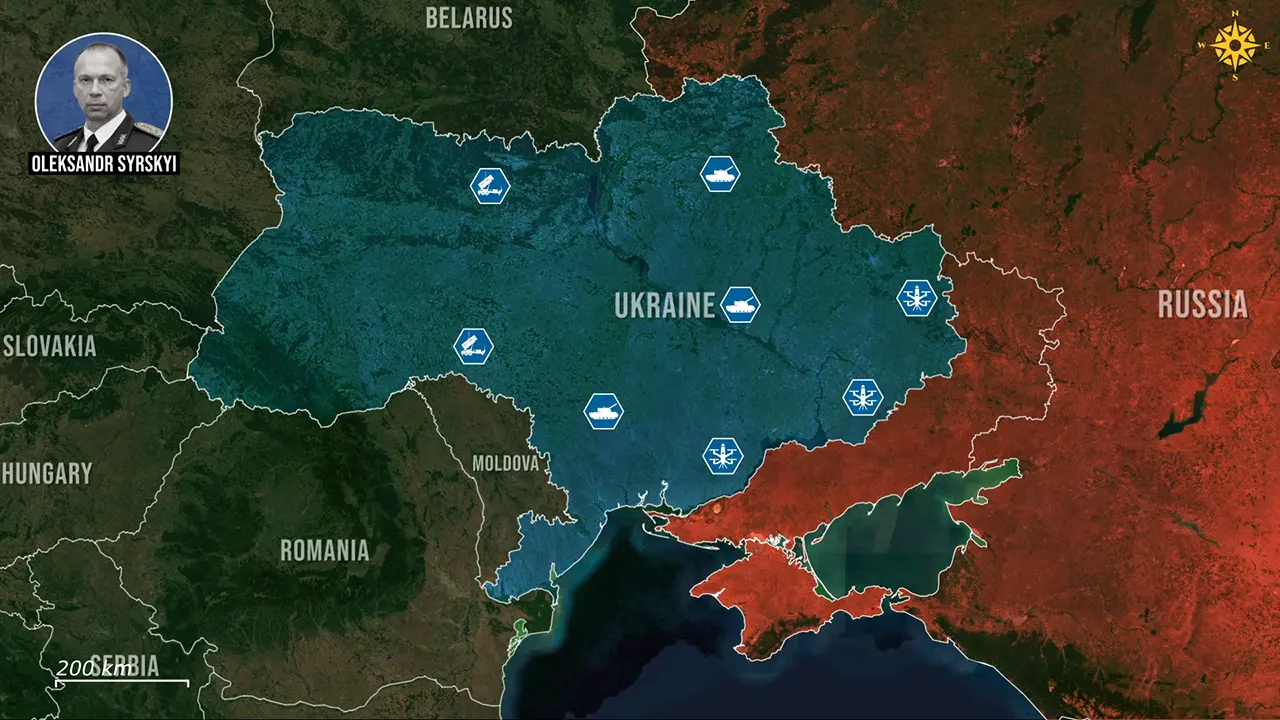
Unmanned air defense systems are specialized interceptor drones that are used to counter enemy drones. These weapon systems are autonomous or semi-autonomous, while all still need a human operator to set up, launch, and make last-minute decisions. The drones complement traditional tactical aviation and anti-aircraft missile forces by protecting rear areas, populated zones, and critical infrastructure.
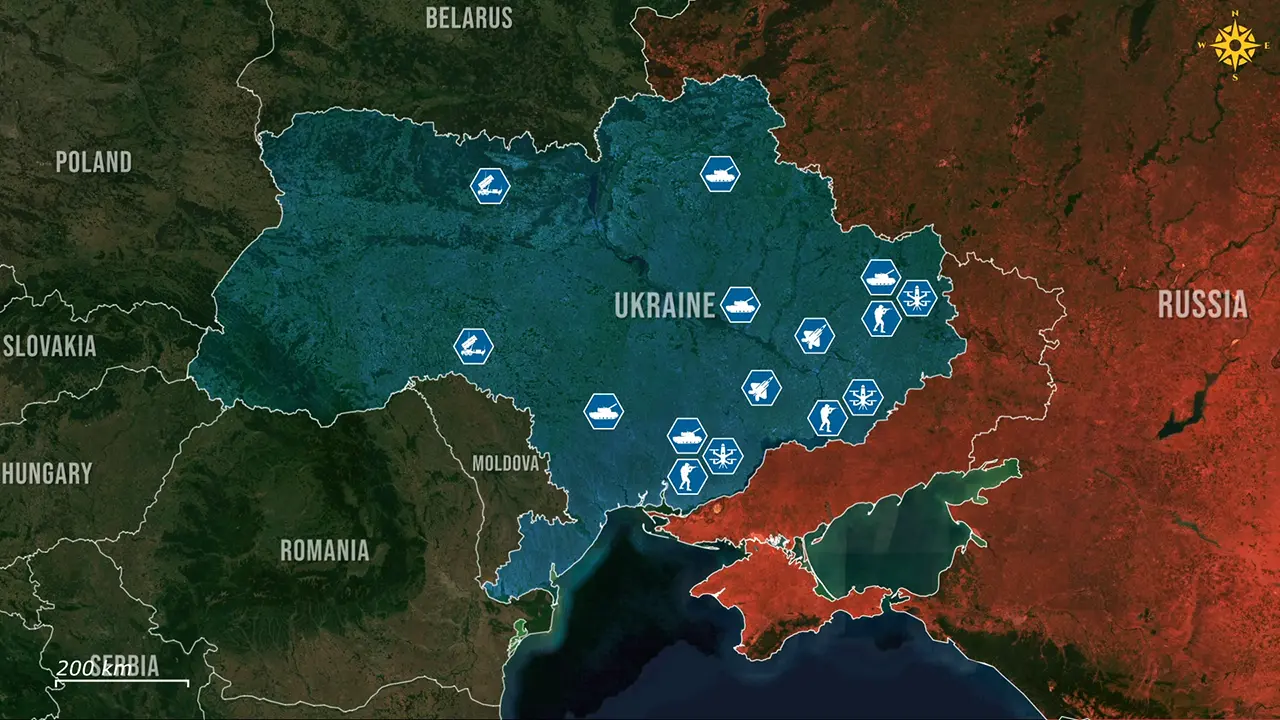
The new branch utilizes these defensive weapons against Russian strike drones, including Shahed kamikaze drones and long-range reconnaissance drones. Ukraine has fielded interceptor drones and loitering munitions, as traditional air-defense missiles are too costly and ill-suited for targeting cheap, low-flying, and slow-moving targets.
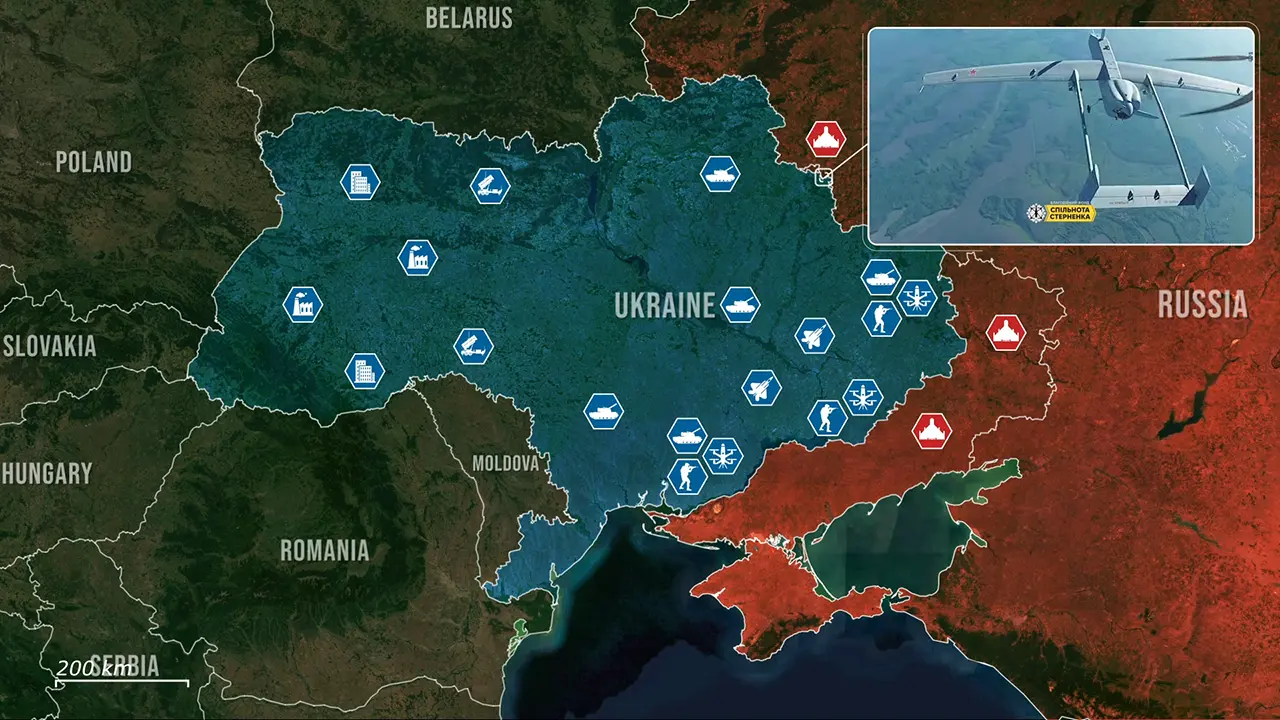
Interceptor drones offer a budget-friendly alternative to target 20 to 50,000 dollar Shaheds, with interceptors costing approximately 5,000 dollars each, which is only a fraction of the price of missile interceptors.
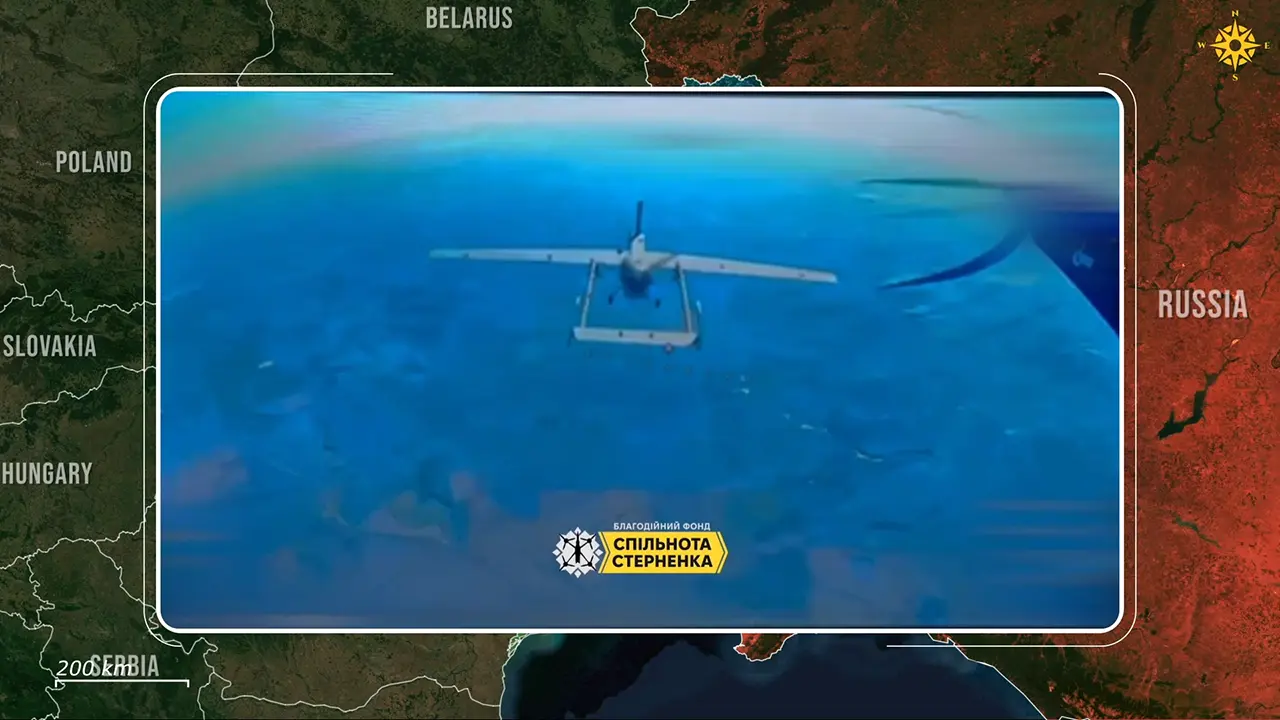
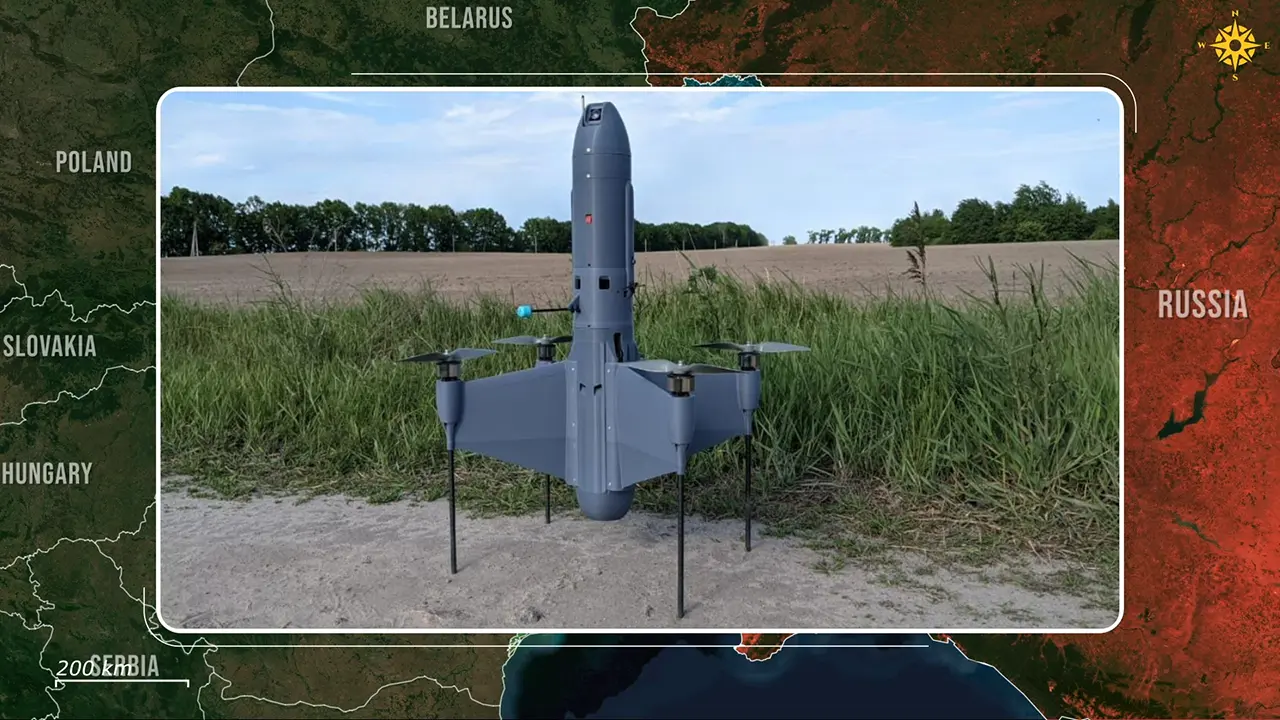
Interceptors have a maximum flight ceiling of 5 kilometers, with a cruising speed of around 200, and burst speeds of up to 300 kilometers an hour, allowing them to catch up with Shahed drones in seconds. The new Unmanned Air Defense Systems branch will additionally be equipped with tactical radars, which are lightweight, easily camouflaged, and can detect air targets at a distance of more than ten kilometers. Because of these capabilities, they are best used on and near the frontline.
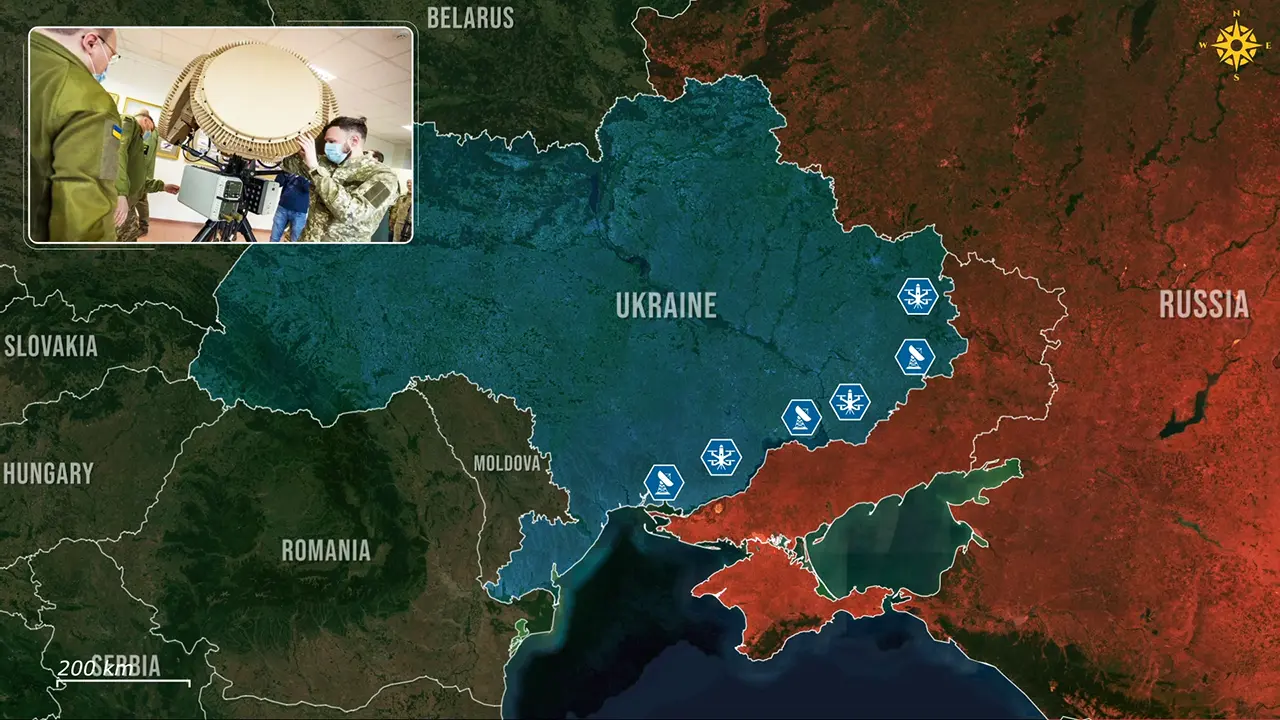
With such mission-specific equipment, the new branch of the Air Force will be to form the first layer of Ukraine’s air defense network along the front, taking down Russian Shahed drones as they pass over the frontline and border areas.
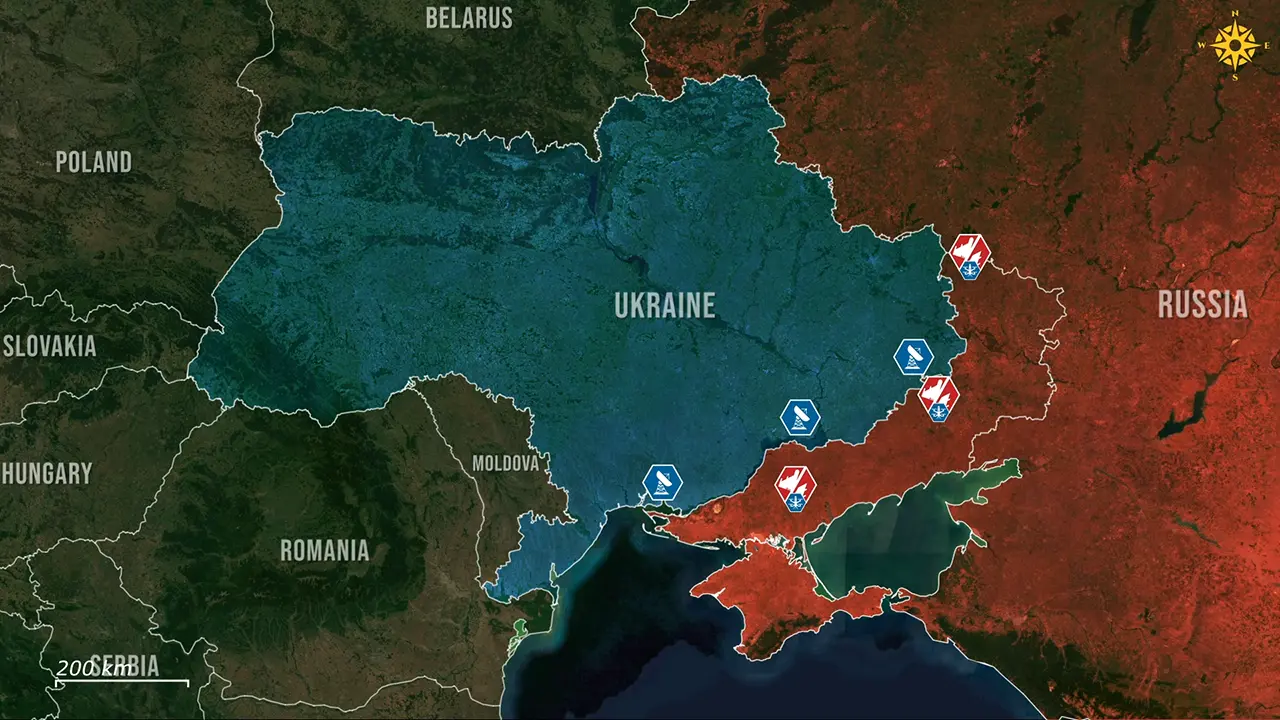
Additionally, they will likely also be placed around high-value targets, in addition to fixed machine gun air defense emplacements, to further strengthen the final layer of Ukraine’s air defense network. Russia is using 160 Shahed drones every night on average, with the biggest attack consisting of more than 800, as Russian forces save up reserves for overwhelming-tactic strikes; even starting to launch large-scale strikes during daylight hours as well.
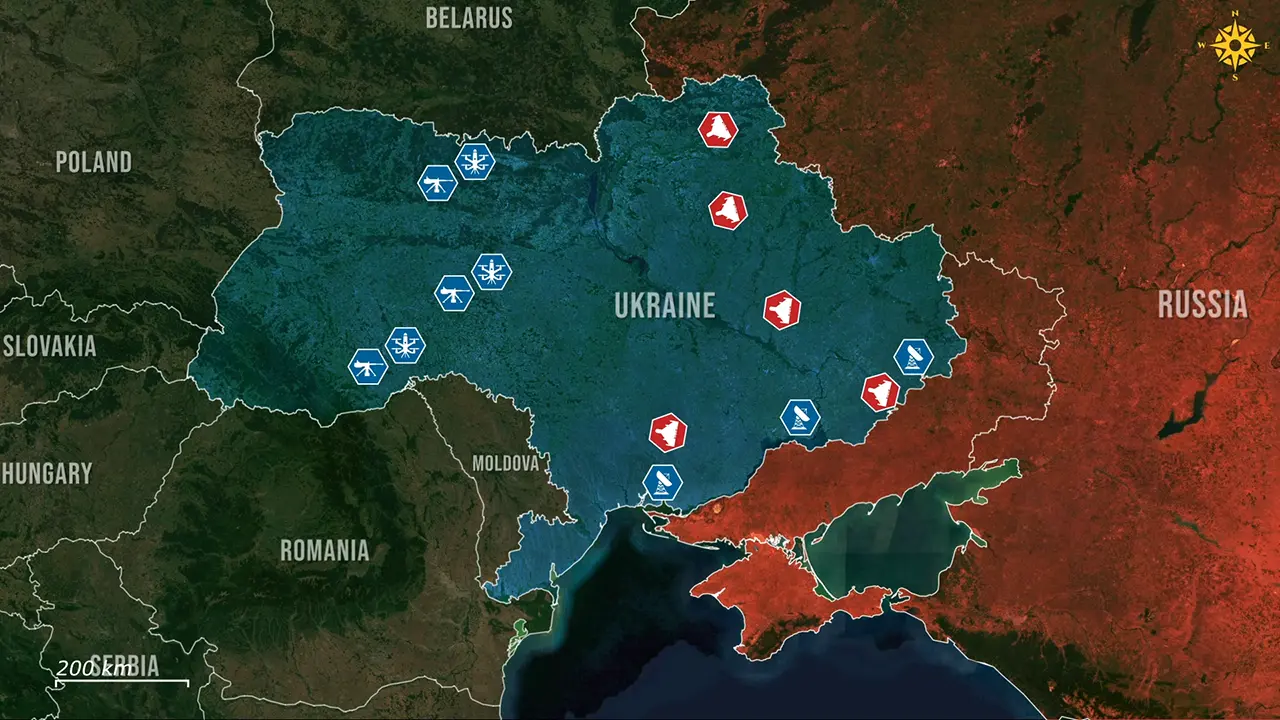
These new developments forced Ukraine to innovate and incorporate the new interceptor drones as effectively as possible into its layered air defense. Small and autonomous drones can be deployed on mobile trucks or rooftops, making them a better solution for short-range defense around cities compared to SAM systems, as well as low-profile enough to be deployed near the frontline where Russian drones cross.
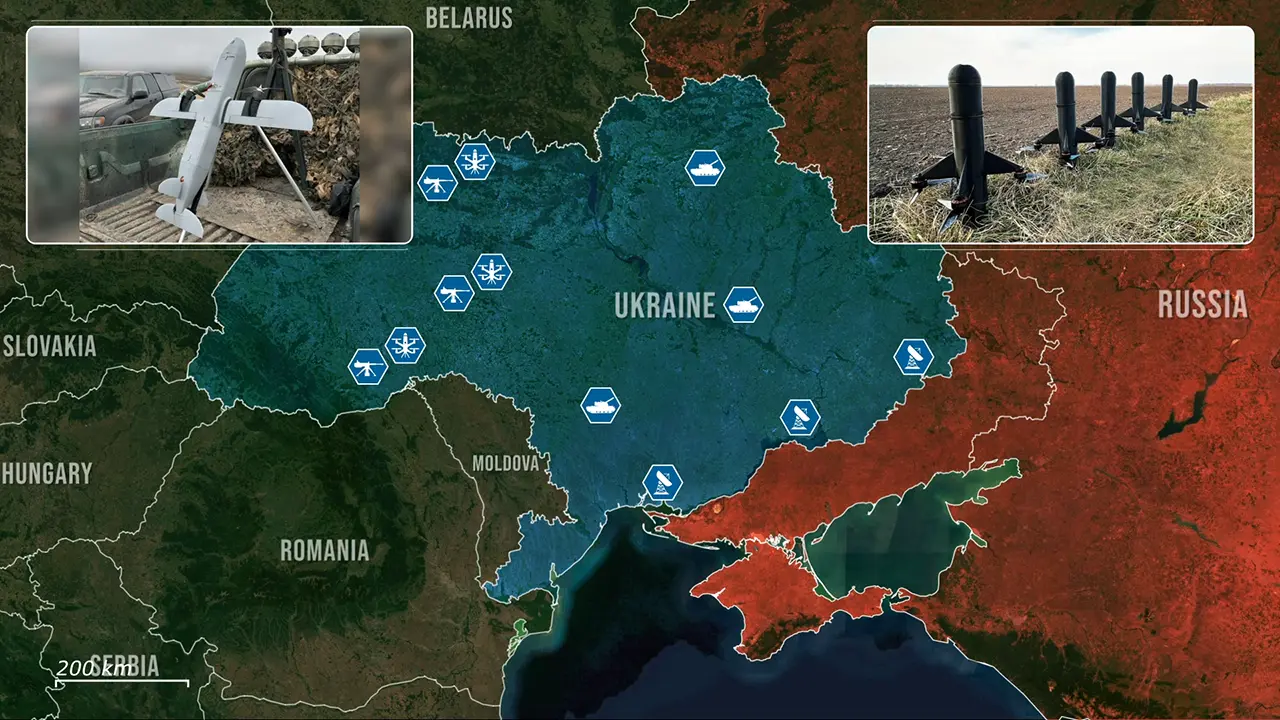
Before establishing this branch, various volunteer initiatives developed autonomous interceptors; now, the air force can centralize funding and production. Unifying the different approaches of each unit will mean that only the viable types of drones and interception tactics will be used, and can be standardized for the whole Unmanned Systems Forces.
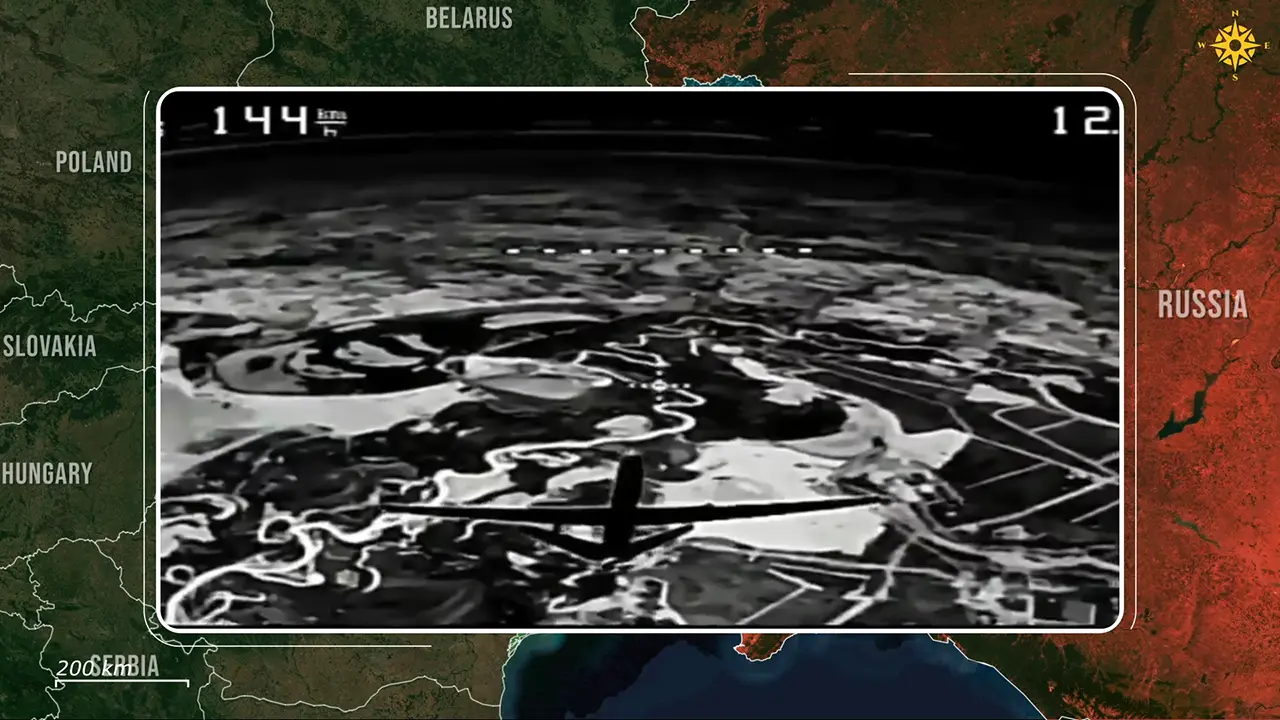
One drone taking the main stage is the Sting drone, achieving an interception rate of 80 to 90%, often ordered by the previous independent units such as the witches of Bucha. Notably, since the formation of the new branch, over 90% of Ukraine’s daily takedowns of Shahed drones have been achieved by interceptor drones specifically.
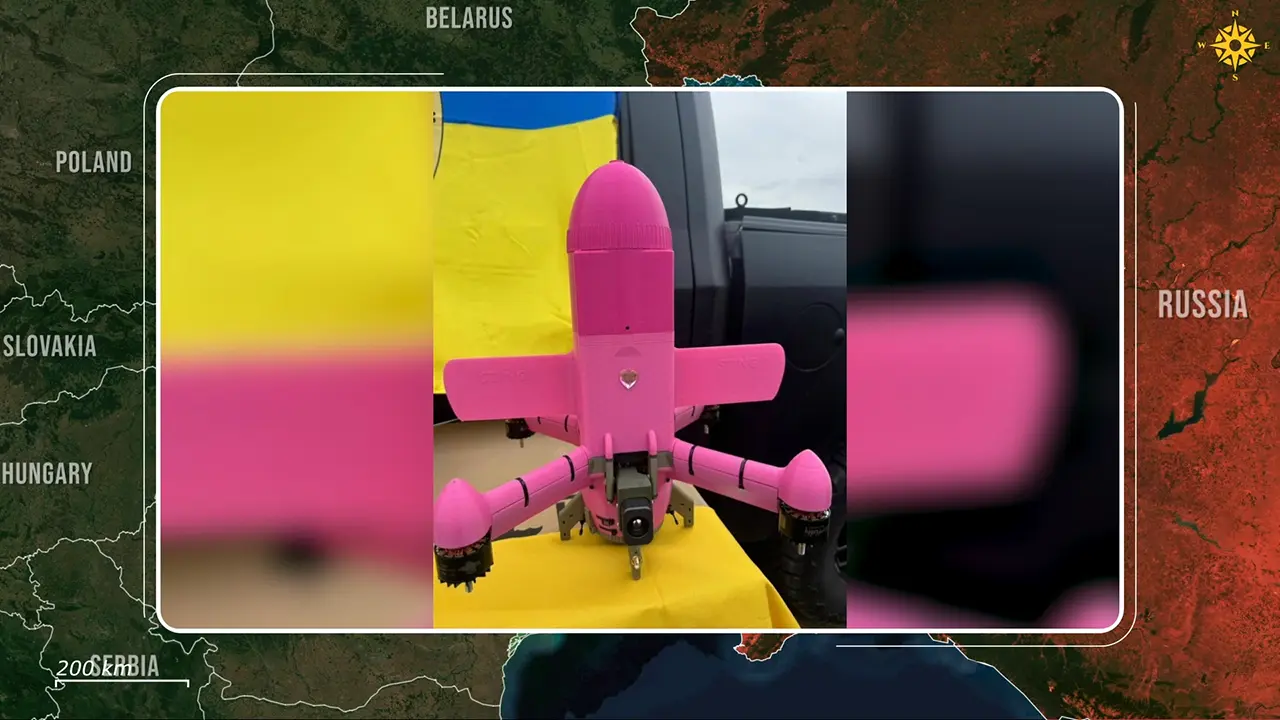
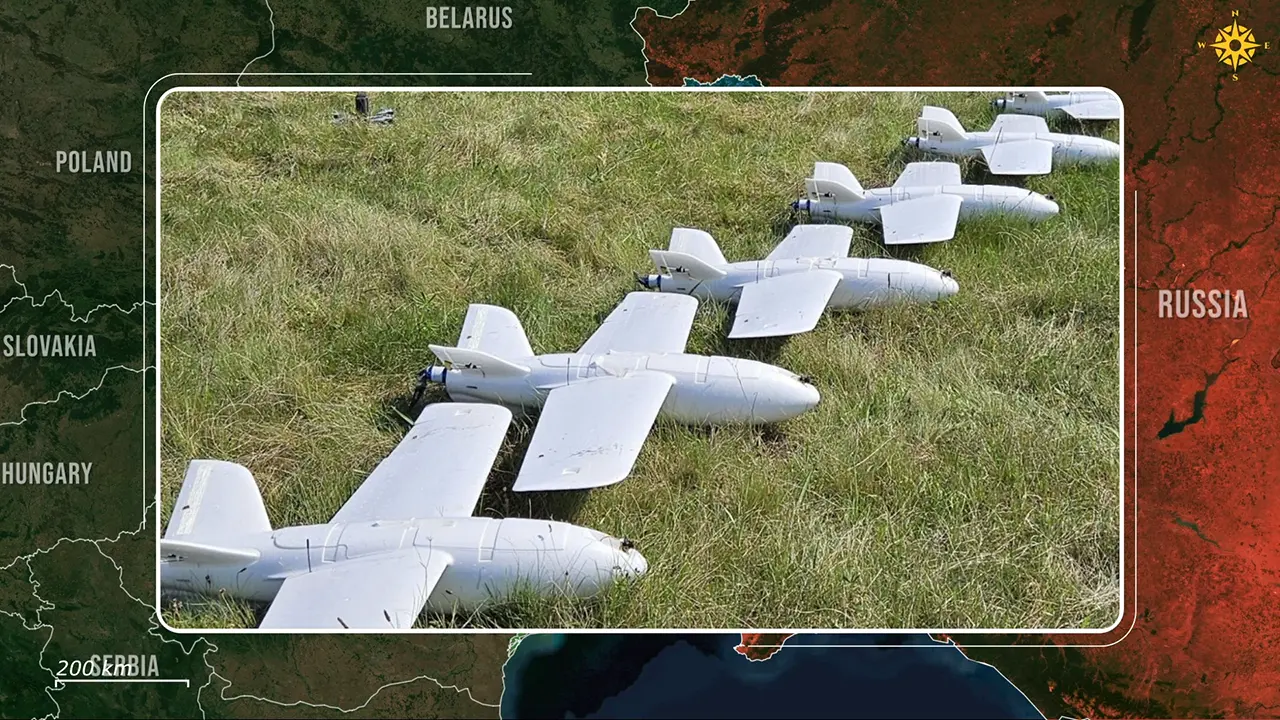
Overall, this new branch will enable Ukraine to defend itself more effectively against Russia’s relentless air campaign. Due to the widespread use and innovation of Russian Shahed and other long-range strike drones, Ukraine must continue to adapt and innovate. Coordination with other air force branches and the ongoing development of AI technology will be critical to overcoming the increasing challenges of defending extensive territory against drone swarms. However, with the Unmanned Air Defense Systems branch taking the lead role in the first and final layer of Ukraine’s air defense network, the protection of the Ukrainian rear is being increasingly enhanced.
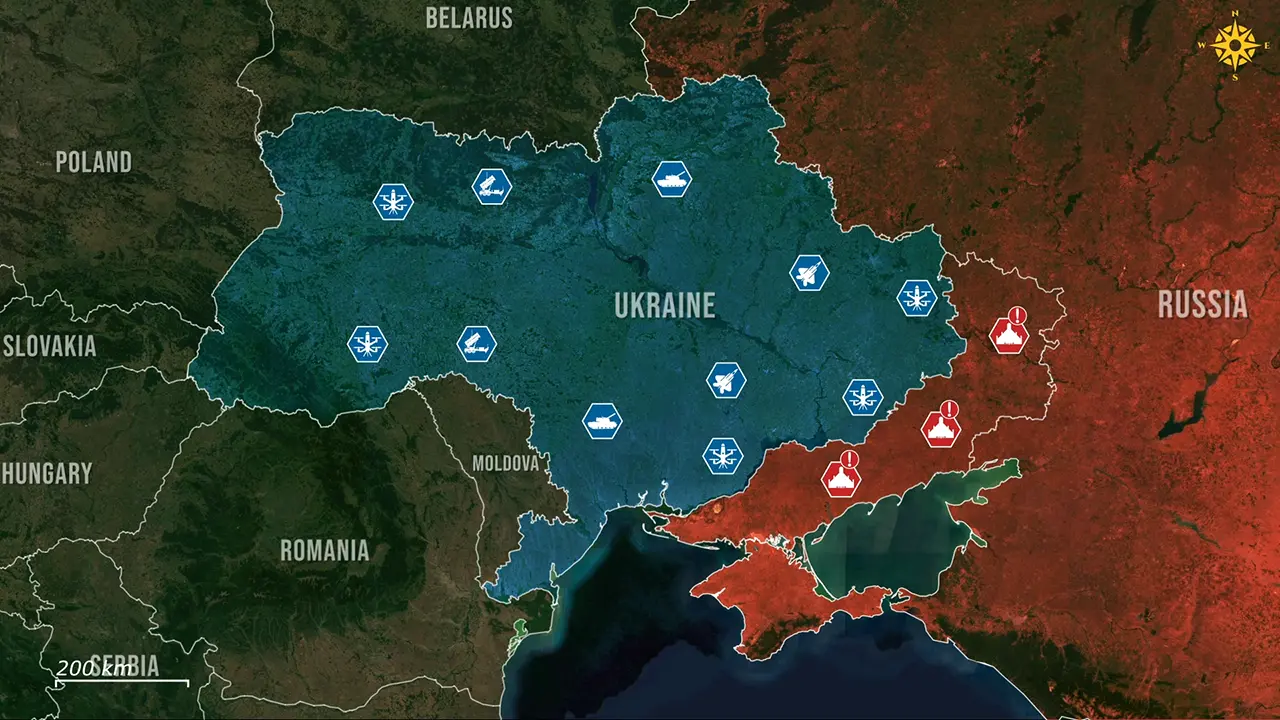








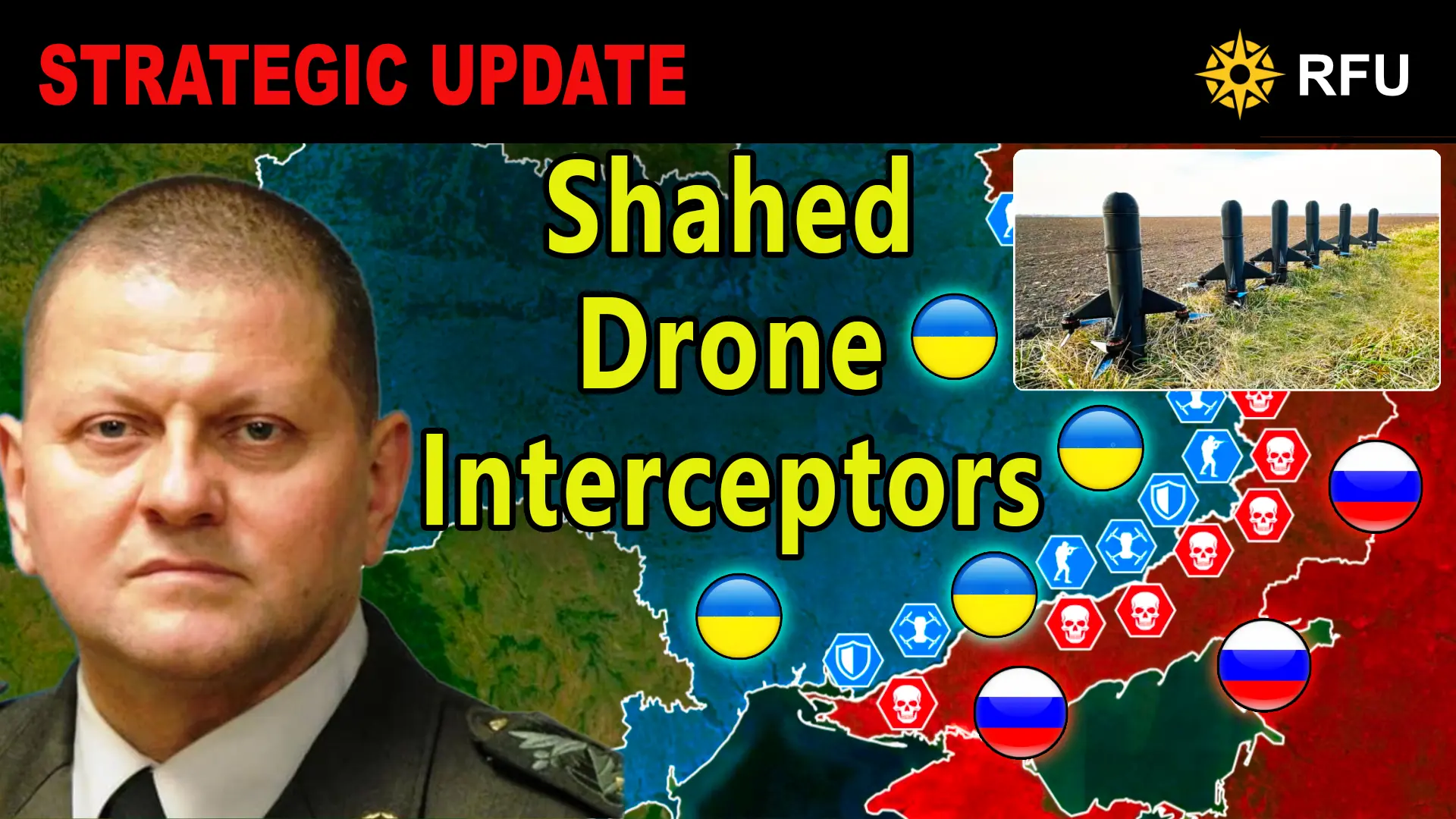
.jpg)

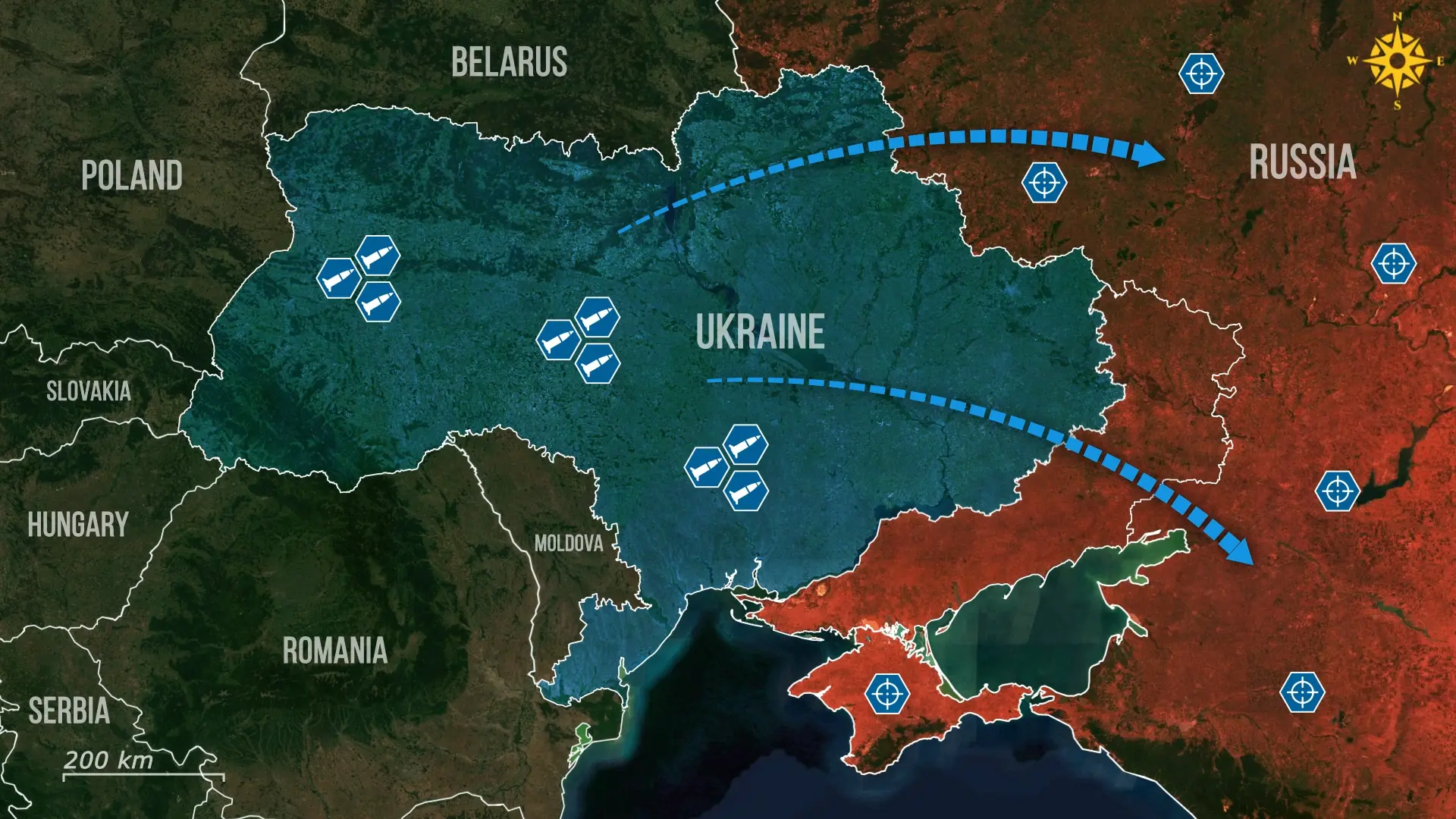
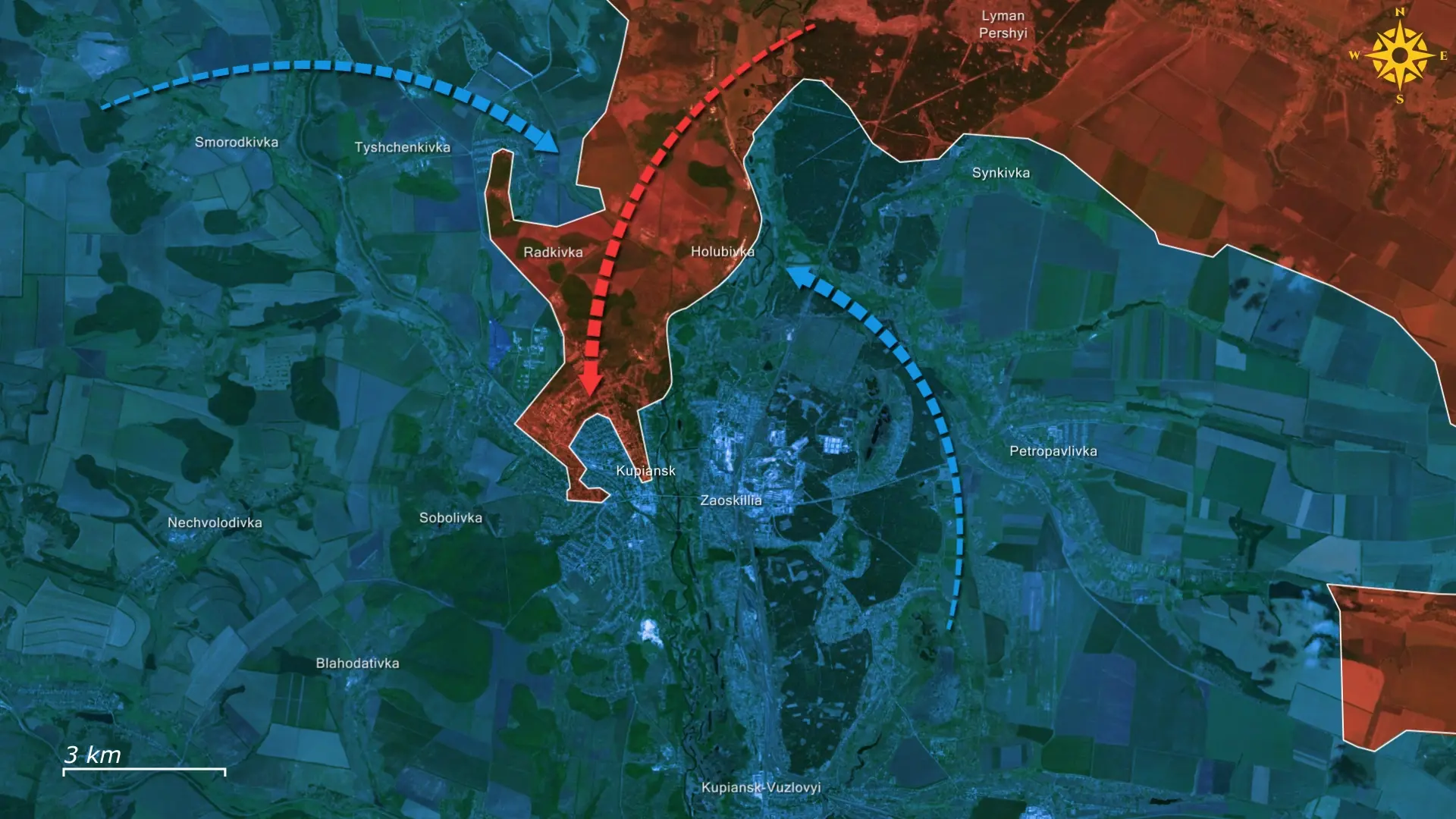

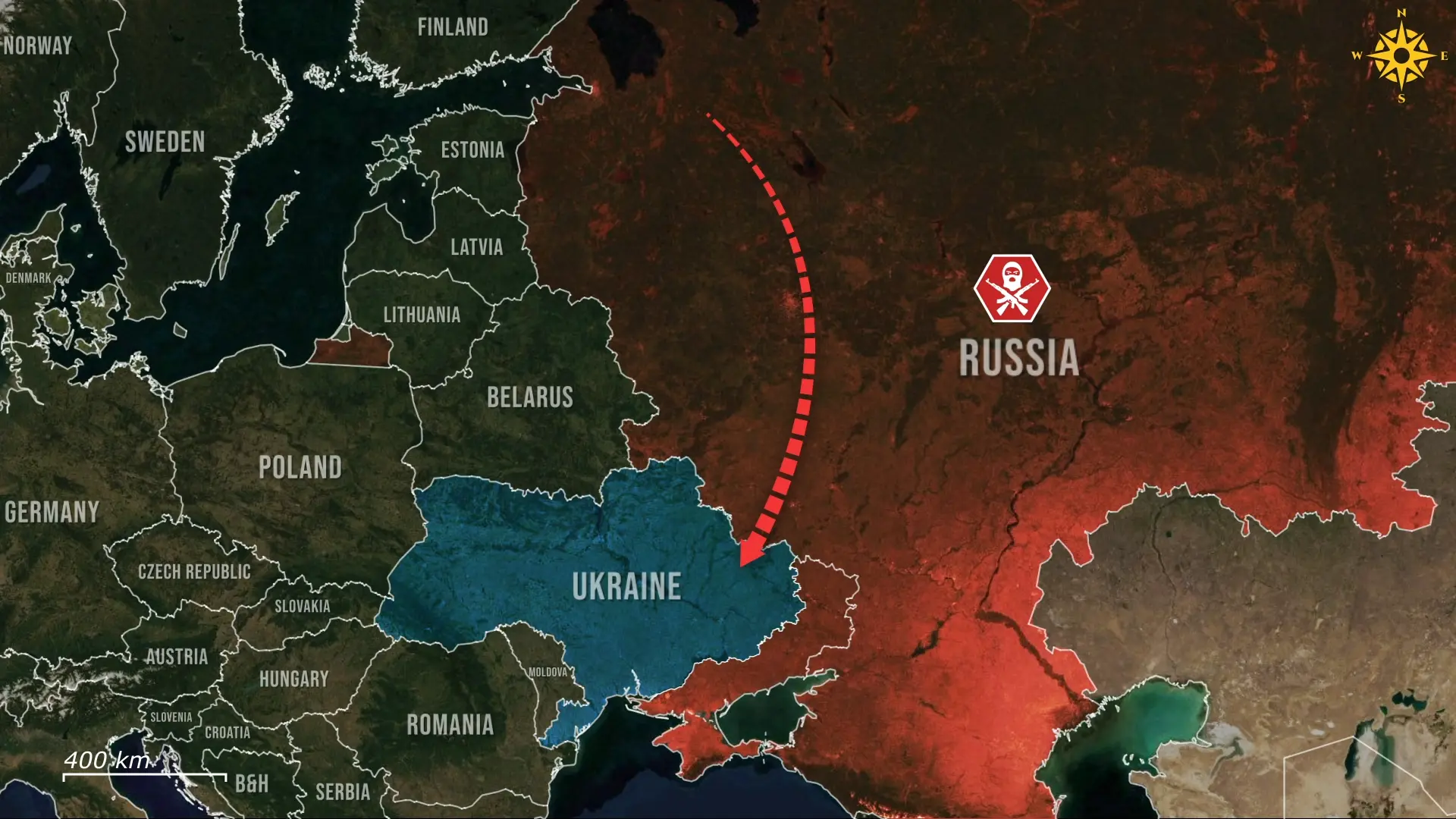
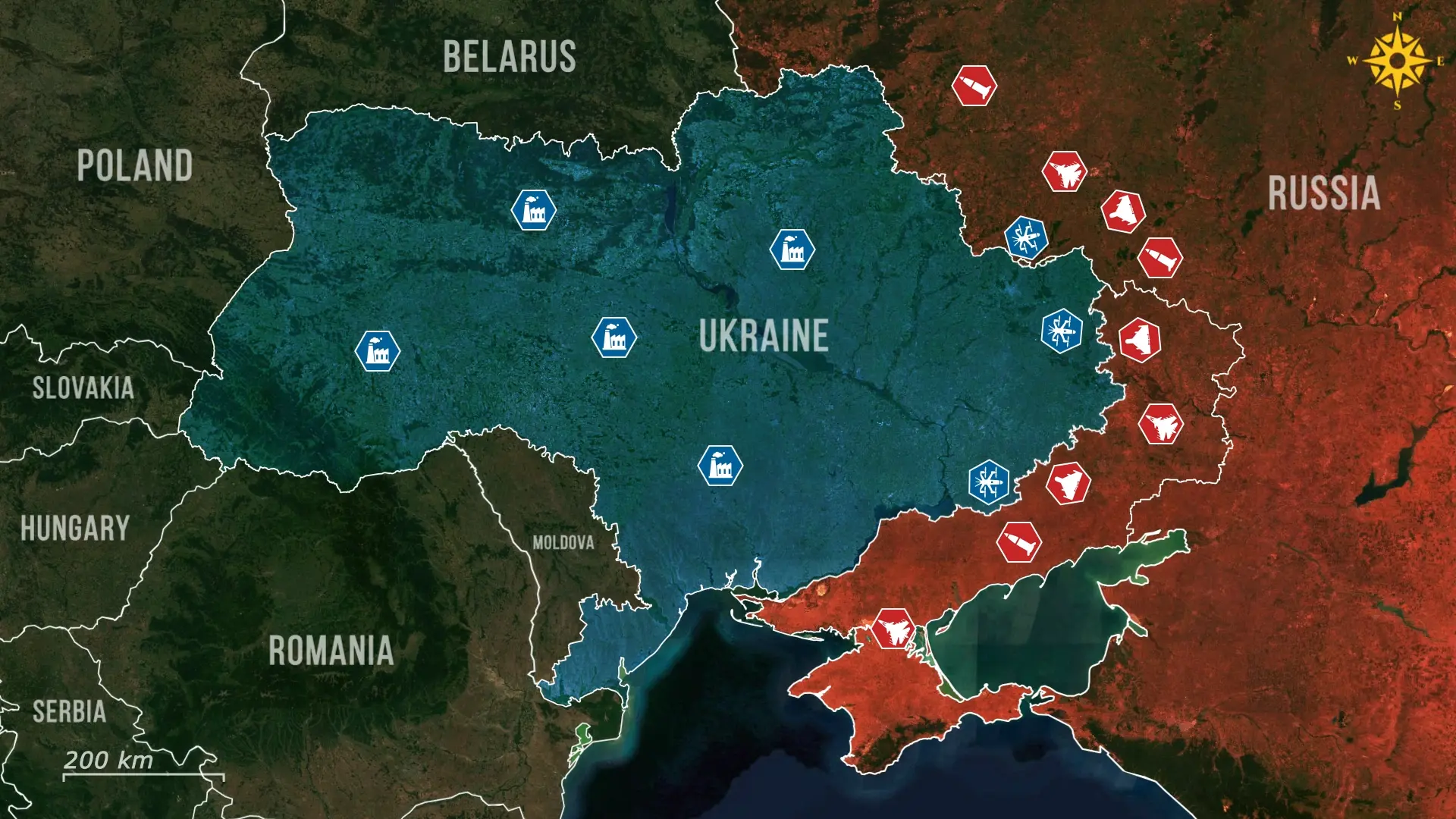
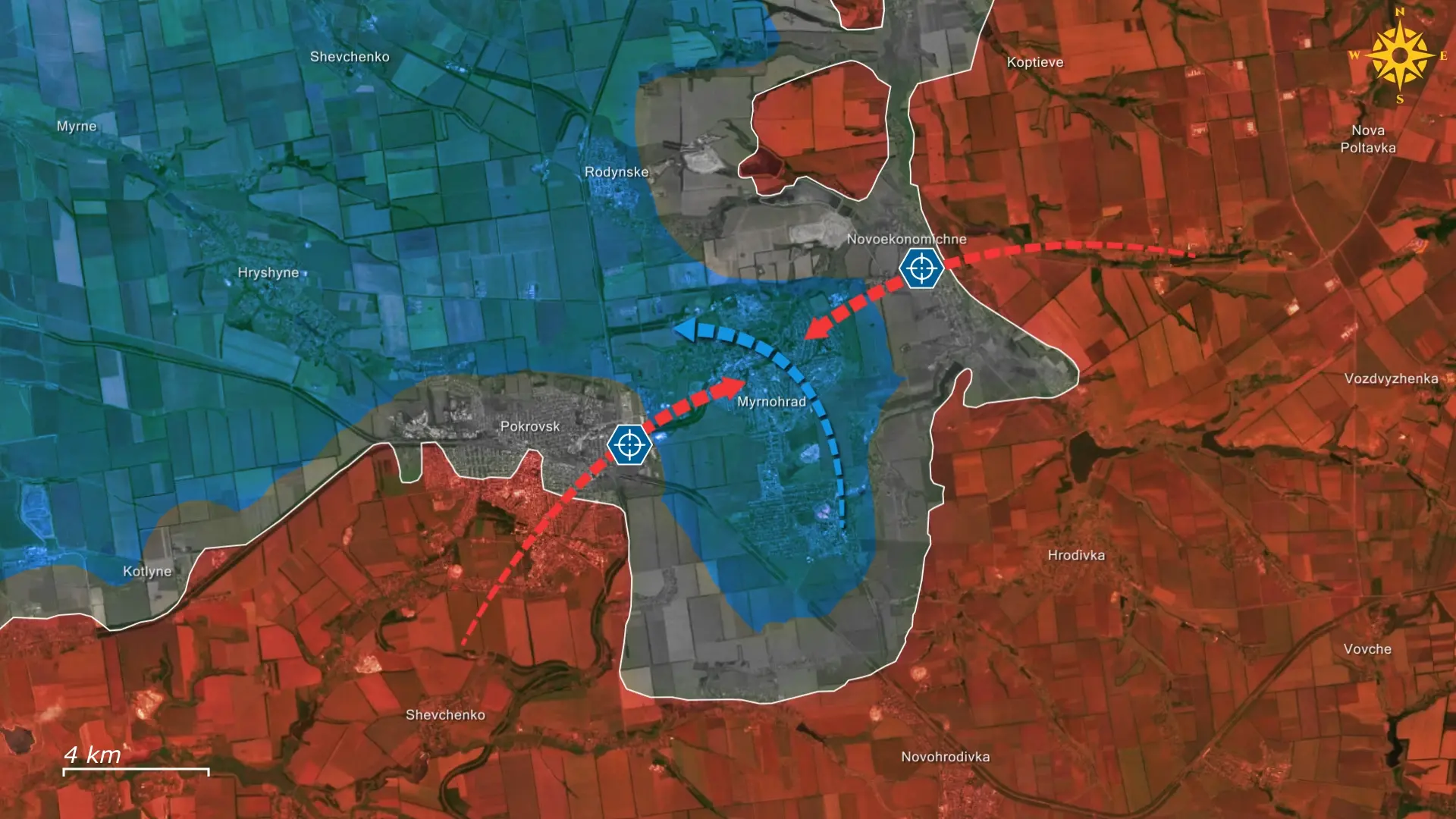
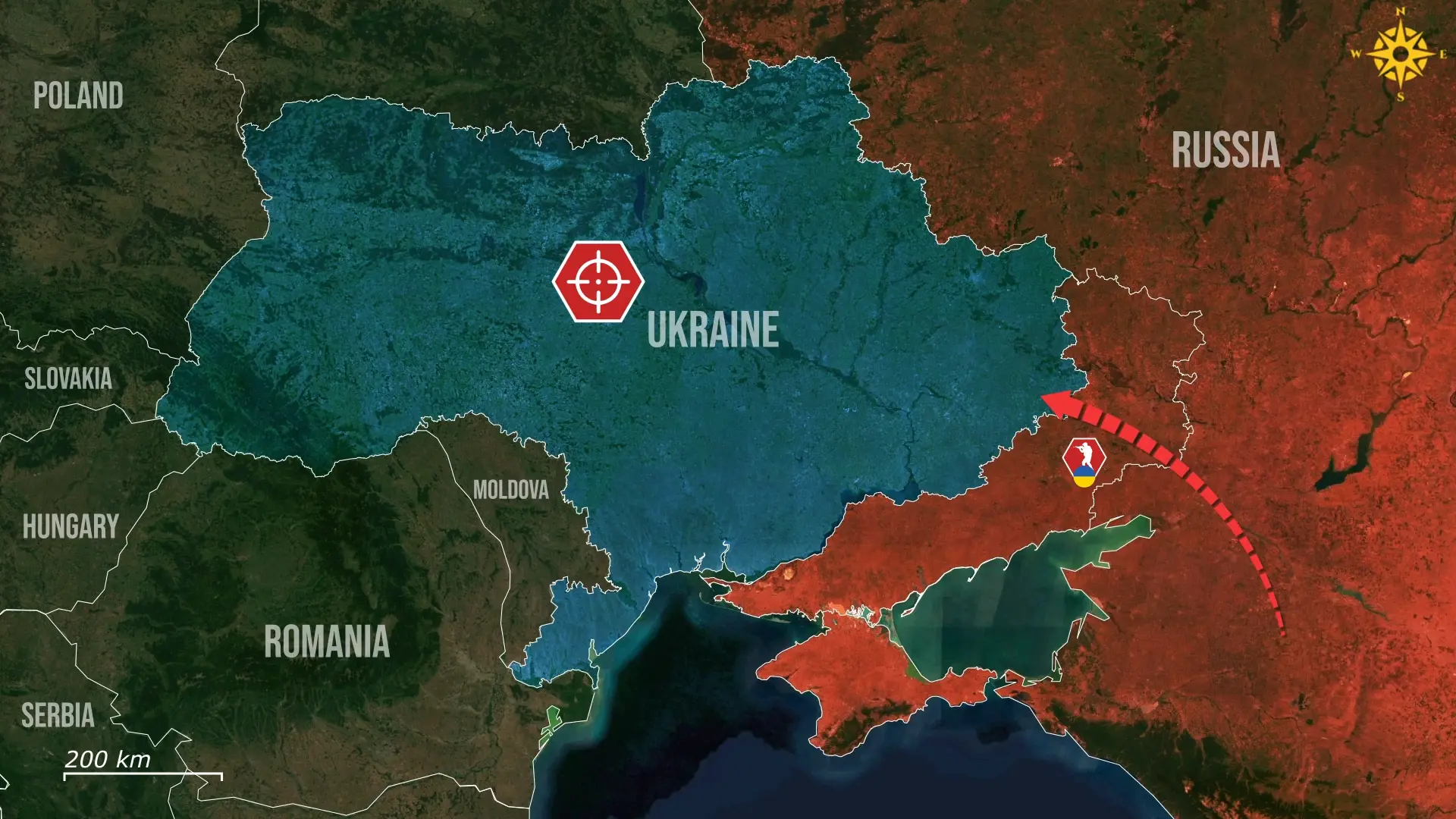
Comments